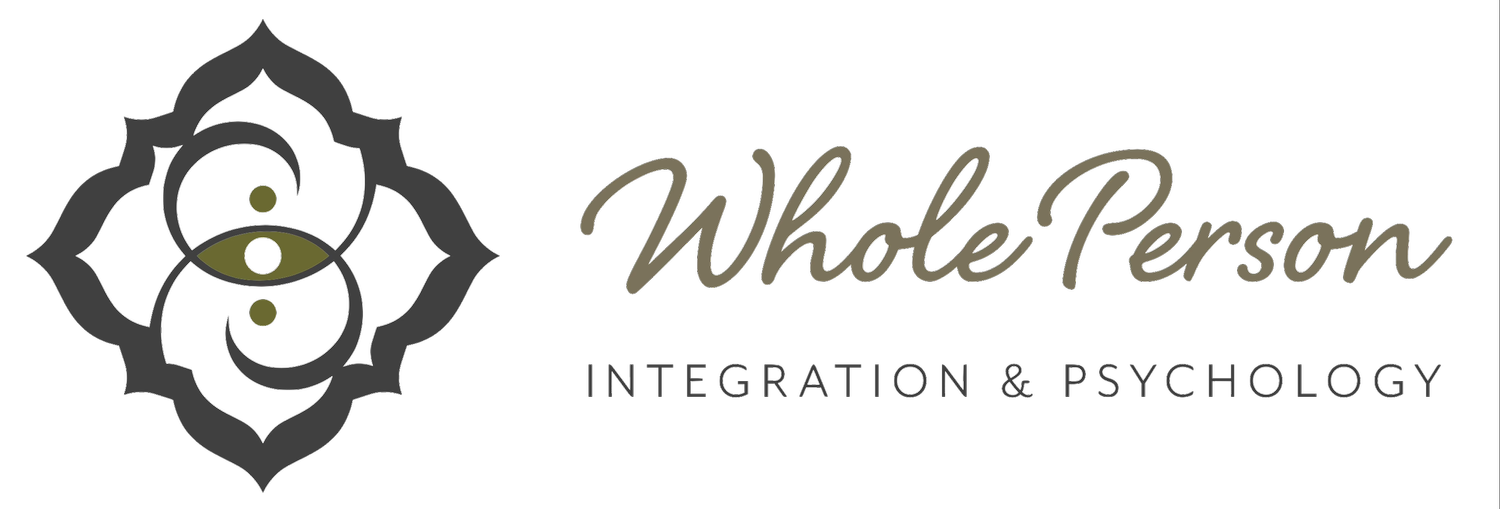Altar Creation for Psychological Healing
By: Dr. Denise Renye
Symbols. They help us make sense of the world. Both the external world and our internal vast landscapes. Objects, gestures, and archetypes serve as stand-ins to convey meaning and they give us an opportunity to understand things in a multileveled way. Some symbols’ meanings, however, can vary depending on the person. For instance, think about the American flag – for some people, it stands for freedom. For others, it means imperialism. We all have associations with certain objects, gestures, and archetypes, so why not make use of that for healing? The Jungians have understood and worked with symbolism in deep ways and it’s something I advocate in my ritual and ceremonial psychology work and dreamwork.
In this instance, I’m referring to an altar. An altar can be as simple or complex as you’d like. It acts as a focal point for prayer, worship, ritual, and healing. It can be a specific place, or various places, in your home, or it can be something you make outside, with elements from the earth, which can be a component of ecopsychology. You could even make one in the middle of a labyrinth. Altars are temporary or permanent. An altar is personalized and holds objects that mean something to you – a sculpture, a rock, a stone, flowers.
Working with an altar can help move symbols from the unconscious to the conscious, which is why it’s so valuable for psychedelic integration and intergenerational trauma healing. An altar can be a space of containment for your sexuality exploration, offering a sacred, personal refuge for self-acceptance and exploration, especially during the vulnerable process of coming out. Objects can take you to a different place psychologically. In the case of a psychedelic journeyer, perhaps they had an interaction with a calming spirit during their psychedelic experience and that spirit conveyed certain messages. In an effort to remember those messages, to make those messages more concrete, the journeyer may want to place fresh or dried lavender on their altar. Doing so will remind them of their interaction with the plant spirit and pay homage at the same time.
For someone healing from intergenerational trauma, they may have an altar with elements that symbolize different generations, or perhaps pictures of ancestors. Many cultures have ancestor shrines, places where people go to feel closer to their relatives. Even if you don’t come from one of those cultures, you can still adopt this practice for yourself. In order to steer clear of cultural appropriation, stick to your heritage and don’t borrow from someone else’s. In that way, your altar will truly be yours.
If you want to do more than connect, use objects in your family’s history to take you to new mental and emotional places. For instance, maybe there’s a family story about how one of your ancestors used rubies to bribe their way out of a bad situation. Holding rubies in your hands you might first burst into tears, thinking about what your ancestor went through. Then after a while, rubies may become a source of pride. To characterize strength, freedom, and empowerment you might choose to place rubies on your own altar and recognize how far your family has come.
Creating an altar at home can serve as a grounding space of containment psychologically by providing a dedicated area for reflection, meditation, and connection with one's inner self. This intentional space, filled with personally meaningful objects like candles, crystals, photos, or spiritual symbols, offers a sense of stability and sanctuary amidst the chaos of daily life. By regularly engaging with the altar, individuals can cultivate a routine of mindfulness and presence, fostering a deeper sense of calm and emotional regulation. This practice can anchor the mind, reduce anxiety, and enhance overall psychological well-being by creating a tangible reminder of one's values, intentions, and spiritual aspirations.
In this post I’ve mainly focused on objects, but this process also works with archetypes. Take the sirens from The Odyssey. In that story, sirens used their beauty to seduce sailors and that led to the sailors’ downfall. Flip the story around and the sirens are victims of gaslighting* – the men in the story are holding women responsible for their own lust, obsession, and bad decisions. Working with this archetype, someone could create an altar with elements from the sea or use the Botticelli painting of “Venus” to take their power back.
It's clear altars are potent and have as much use in the modern world as they did in previous eras. Working with altars in an intentional way can promote healing and growth in profound ways so go ahead and give one a try if you aren’t already. You might be amazed at what transpires.
For more on topics such as these, stay connected.
*concept derived from Dr. Adriana Popescu

